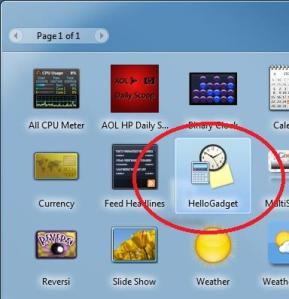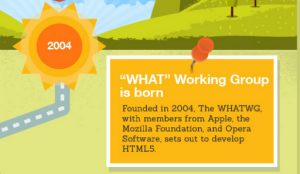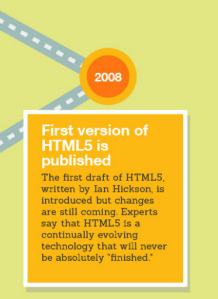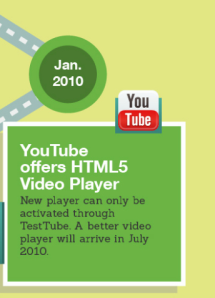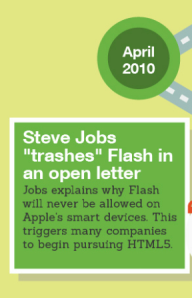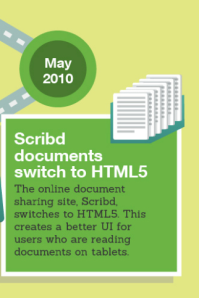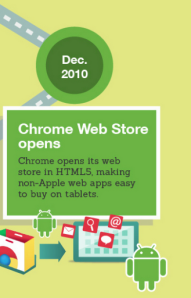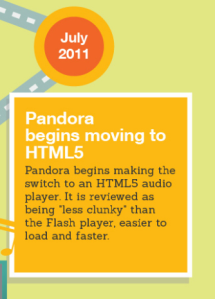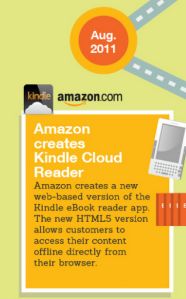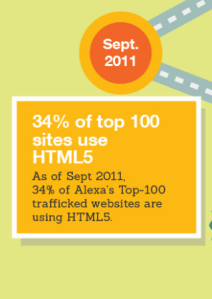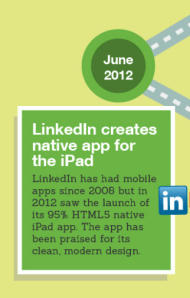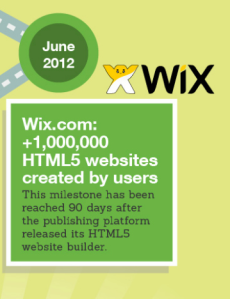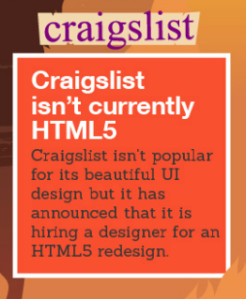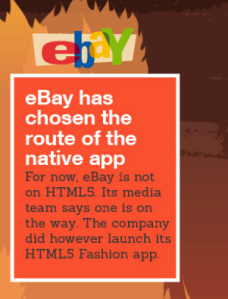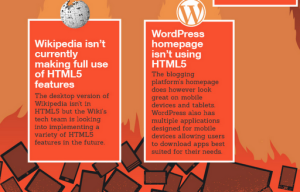Microsoft has done an excellent job with .NET Framework technologies. I have read New key features and improvements of the .NET Framework 4.5 RC. I think ,this share of mine will be very useful to developers..
.NET 4.5 is an in-place upgrade to .NET 4.0
The CLR is the same but new libraries are added as well as bug fixes and performance improvements:
About how .NET 4.5 is an “in-place upgrade” of .NET 4. That means .NET 4.5 is still the v4CLR and adds new libraries as well as improvements to the core CLR itself.
(Note that this in-place replacement is very different from the side by side installs of .NET 2.0 and 3.0/3.5 which all ran on the 2.0 version of the CLR. The two 3.x versions were basically library enhancements on top of the core .NET 2.0 runtime. Both versions ran under the .NET 2.0 runtime which wasn’t changed (other than for security patches and bug fixes) for the whole 3.x cycle. The 4.5 update instead completely replaces the .NET 4.0 runtime and leaves the actual version number set at v4.0.30319.)
I have Post Core New Features and Improvements of the .NET Framework 4.5 RC. The following features added to the common language runtime and to .NET Framework classes:
1.Ability to reduce system restarts by detecting and closing .NET Framework 4 applications during deployment.
2.Support for arrays that are larger than 2 gigabytes (GB) on 64-bit platforms. This feature can be enabled in the application configuration file. See the <gcAllowVeryLargeObjects> element, which also lists other restrictions on object size and array size.
3.Better performance through background garbage collection for servers. When you use server garbage collection in the .NET Framework 4.5 RC, background garbage collection is automatically enabled.
4.Background just-in-time (JIT) compilation, which is optionally available on multi-core processors to improve application performance.
5.Ability to limit how long the regular expression engine will attempt to resolve a regular expression before it times out.
6.Ability to define the default culture for an application domain.
7.Console support for Unicode (UTF-16) encoding.
8.Support for versioning of cultural string ordering and comparison data.
9.Better performance when retrieving resources.
10.Zip compression improvements to reduce the size of a compressed file.
11.Ability to customize a reflection context to override default reflection behavior through the CustomReflectionContext class.
12.Support for the 2008 version of the Internationalized Domain Names in Applications (IDNA) standard when the System.Globalization.IdnMapping class is used on Windows 8 Release Preview.
13.Delegation of string comparison to the operating system, which implements Unicode 6.0, when the .NET Framework is used on Windows 8 Release Preview. When running on other platforms, the .NET Framework includes its own string comparison data, which implements Unicode 5.x. See the String class.
14. MEF(Managed Extensibility Framework)
The Managed Extensibility Framework (MEF) provides the following new features:
1.Support for generic types.
2.Convention-based programming model that enables you to create parts based on naming conventions rather than attributes.
3..Multiple scopes.
15. Asynchronous File Operations
In the .NET Framework 4.5 RC, new asynchronous features were added to the C# and Visual Basic languages. These features add a task-based model for performing asynchronous operations. To use this new model, use the asynchronous methods in the I/O classes.
16.ASP.NET 4.5 RC includes the following new features:
* Support for new HTML5 form types.
* Support for model binders in Web Forms. These let you bind data controls directly to data-access methods, and automatically convert user input to and from .NET Framework data types.
* Support for unobtrusive JavaScript in client-side validation scripts.
* Improved handling of client script through bundling and minification for improved page performance.
* Integrated encoding routines from the AntiXSS library (previously an external library) to protect from cross-site scripting attacks.
* Support for WebSockets protocol.
* Support for reading and writing HTTP requests and responses asynchronously.
* Support for asynchronous modules and handlers.
* Support for content distribution network (CDN) fallback in the ScriptManager control.
17. WCF
In the .NET Framework 4.5 RC, the following features have been added
* Simplification of generated configuration files.
* Support for contract-first development.
* Ability to configure ASP.NET compatibility mode more easily.
* Changes in default transport property values to reduce the likelihood that you will have to set them.
* Updates to the XmlDictionaryReaderQuotas class to reduce the likelihood that you will have to manually configure quotas for XML dictionary readers.
* Validation of WCF configuration files by Visual Studio as part of the build process, so you can detect configuration errors before you run your application.
* New asynchronous streaming support.
* New HTTPS protocol mapping to make it easier to expose an endpoint over HTTPS with Internet Information Services (IIS).
* Ability to generate metadata in a single WSDL document by appending ?singleWSDL to the service URL.
* Websockets support to enable true bidirectional communication over ports 80 and 443 with performance characteristics similar to the TCP transport.
* Support for configuring services in code.
* XML Editor tooltips.
* ChannelFactory caching support.
* Binary encoder compression support.
* Support for a UDP transport that enables developers to write services that use “fire and forget” messaging. A client sends a message to a service and expects no response from the service.
* Ability to support multiple authentication modes on a single WCF endpoint when using the HTTP transport and transport security.
* Support for WCF services that use internationalized domain names (IDNs).
